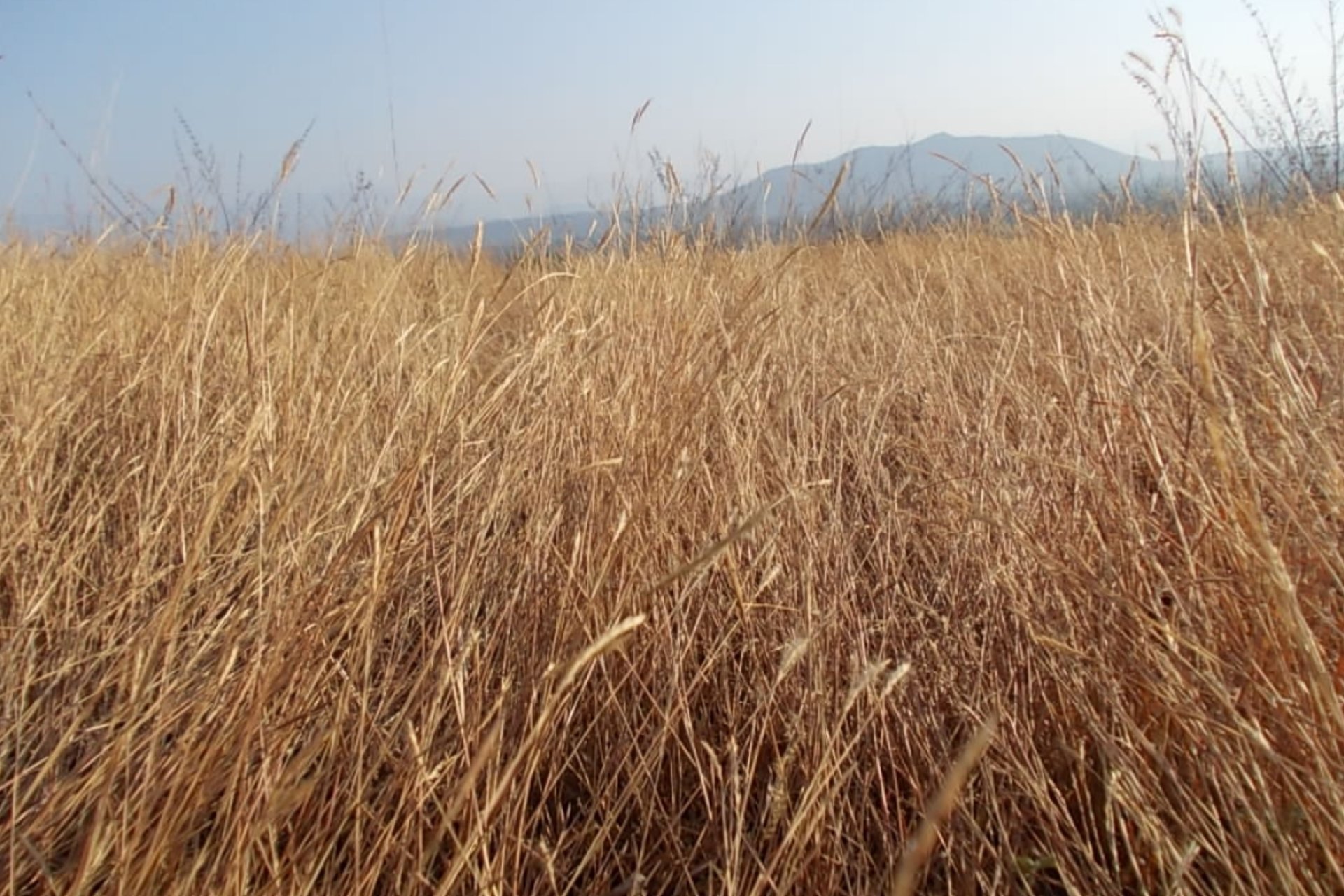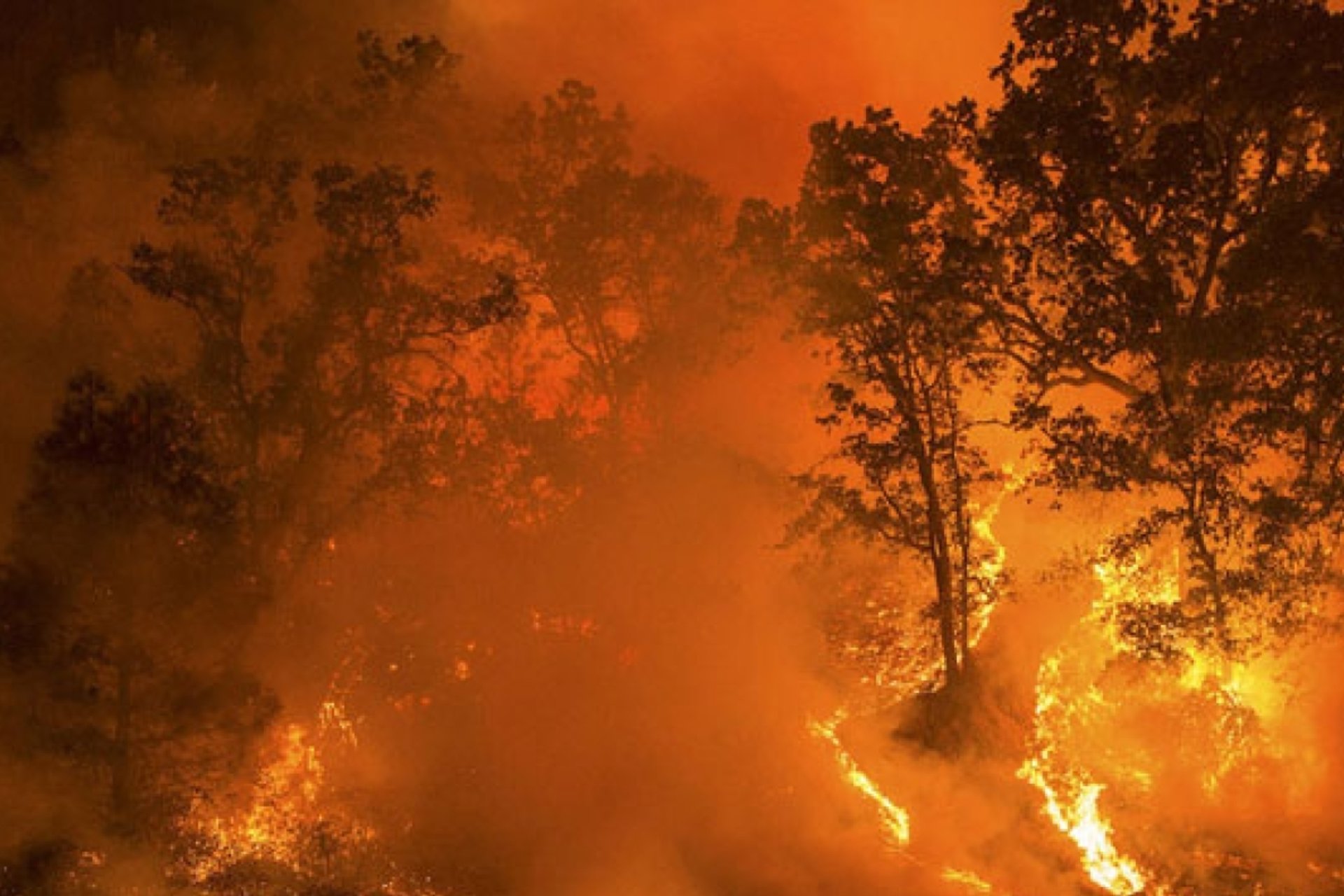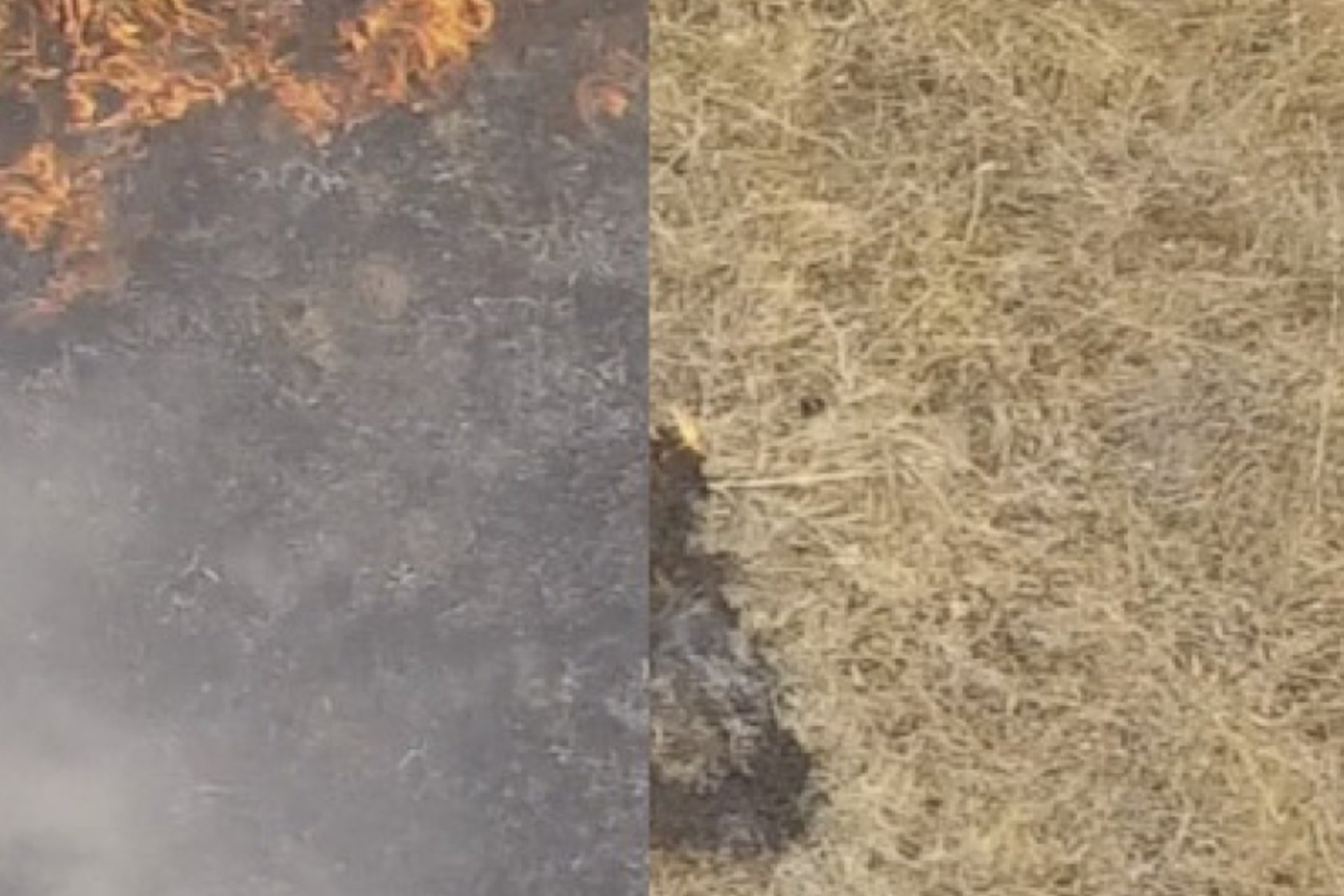Preventing Wildfire
Funding Year: 2018
Research Areas: Climate
Regions: North America
Wildfires can cause billions of dollars in damages and drain the U.S. Forest Service of financial resources that would otherwise be available for conservation investments.
Many of the human-caused fires originate in the same hotspots such as mountain passes and highway sections. Unfortunately, there is no environmentally-safe prophylactic fire-retarding treatment available for use in fire prevention. However, Stanford researchers have developed an environmentally-benign cellulose-based hydrogel that can retain polyphosphate fire retardants on target fuels for up to several months following application with common spraying equipment. In collaboration with Cal Fire, the Desert Research Institute, and the U.S. Forest Service, project piloted, optimized and validated the technology, which they commercialized in 2019. The technology is now marketed as Phos-Check Fortify.
Learn more about the Realizing Environmental Innovation Program and other funded projects.
Principal Investigators:
Eric Appel, Professor of Materials Science and Engineering
Craig Criddle, Professor of Civil and Environmental Engineering
Related News
The Mercury News | Eric Appel discusses the potential for a new fire-stopping technology he developed to help prevent further catastrophic wildfires.
ABC7 | Eric Appel discusses his innovative fire-retardant that can protect fire-prone areas for the entire season.
LaderaTech, a venture co-founded by brothers-in-law Eric Appel and Jesse Acosta, is introducing a prophylactic for fires, a roadside treatment likened to a wildfire vaccine for the landscape.
Scientists and engineers worked with state and local agencies to develop and test a long-lasting, environmentally benign fire-retarding material. If used on high-risk areas, the simple, affordable treatment could dramatically cut the number of fires that occur each year.
The Stanford Woods Institute for the Environment has awarded ten proposals as part of its 2018 Environmental Venture Projects (EVP) and Realizing Environmental Innovation Program (REIP) grants.
LaderaTech, a venture co-founded by brothers-in-law Eric Appel and Jesse Acosta, is introducing a prophylactic for fires, a roadside treatment likened to a wildfire vaccine for the landscape.
Related Publications
Preventing Wildfires Before They Start: New Biosafe Gel Retardant. (November 2019)






